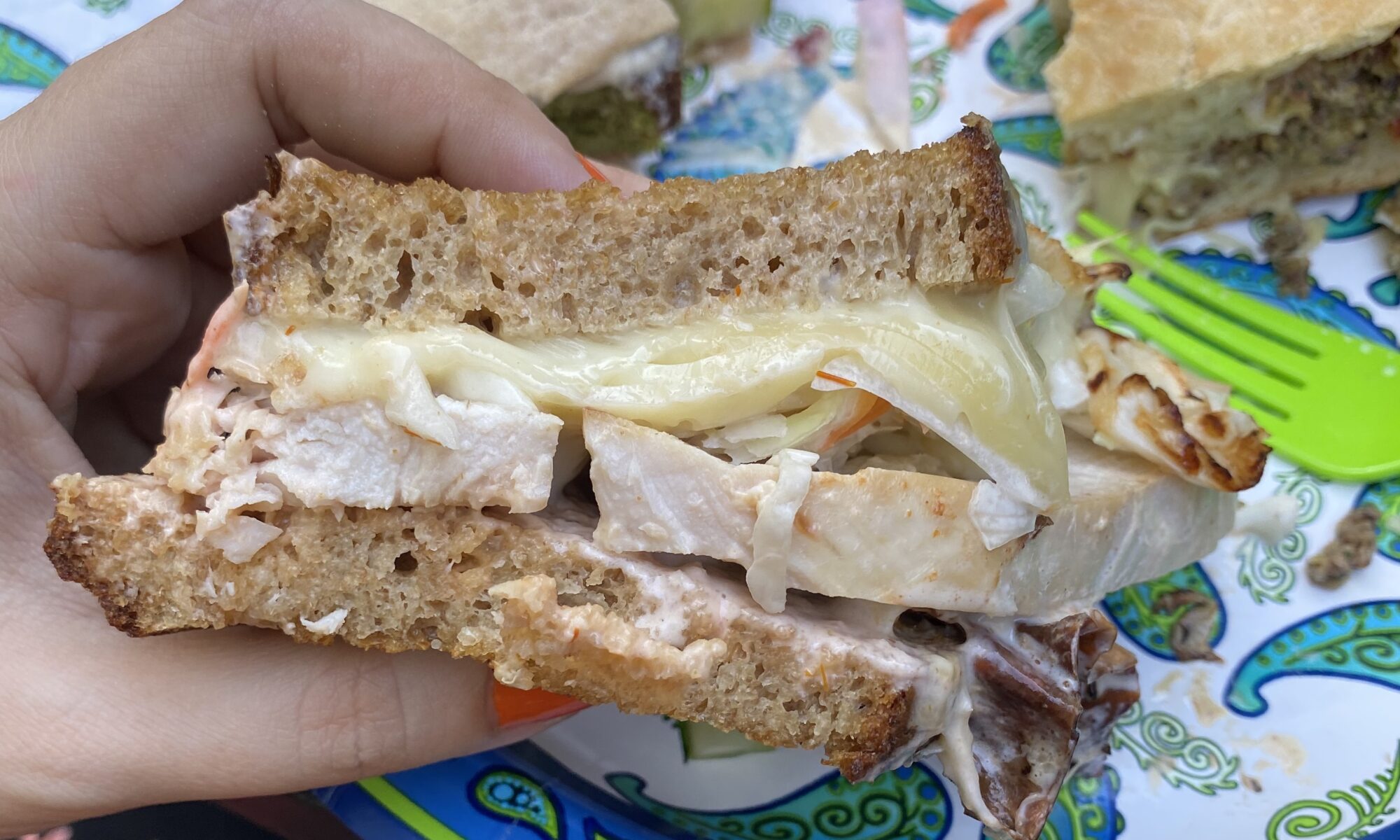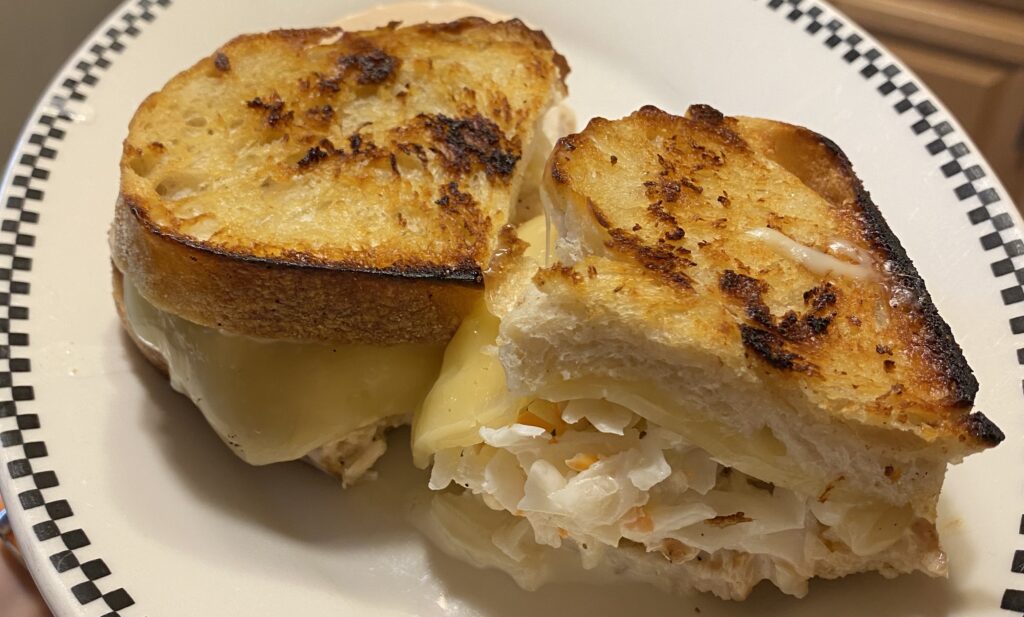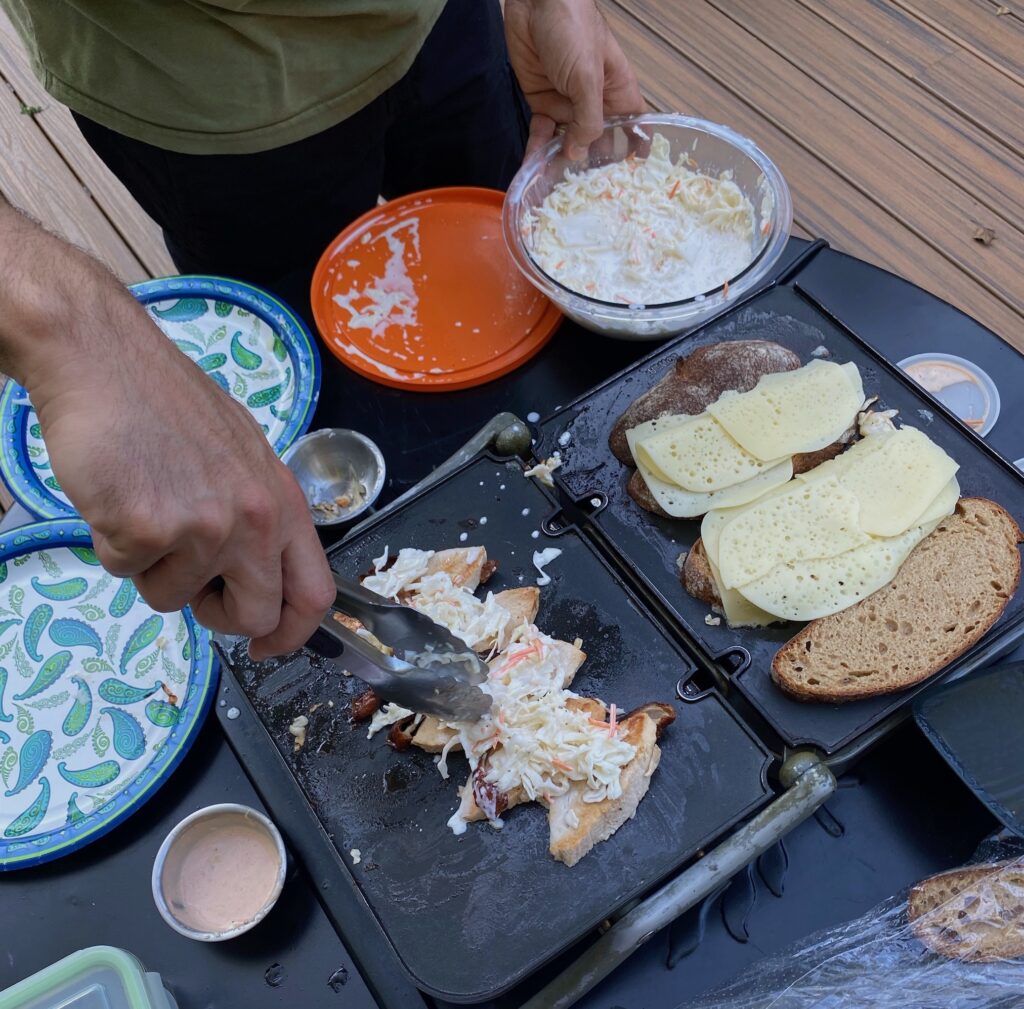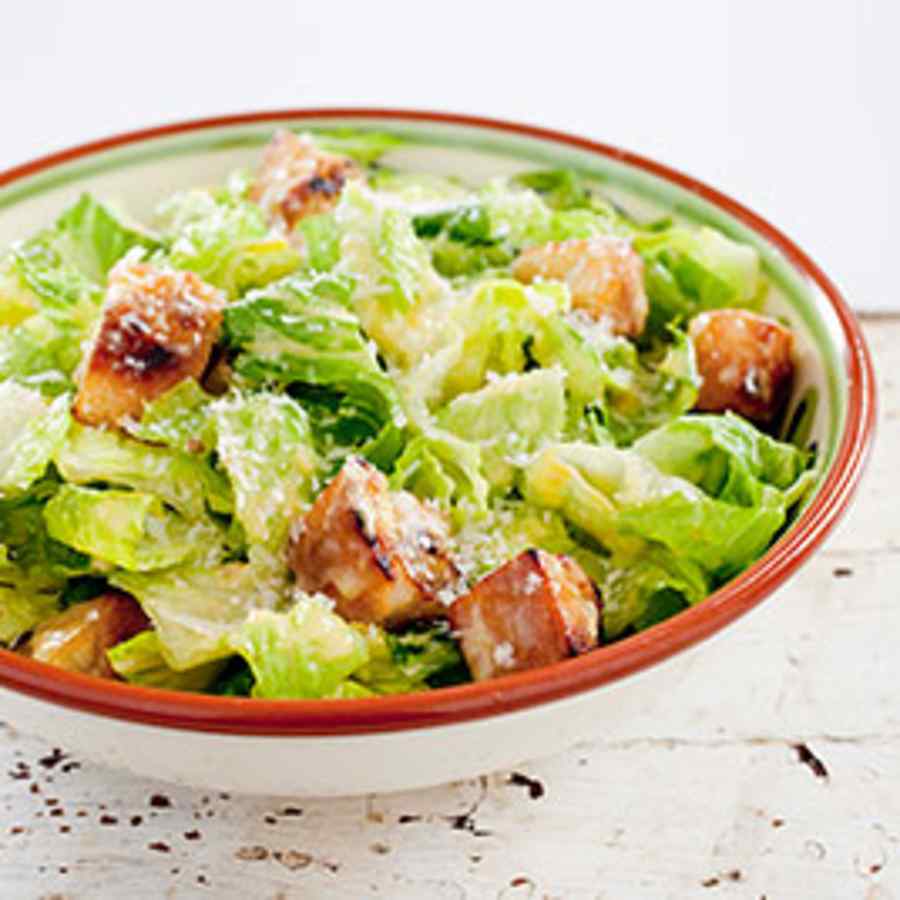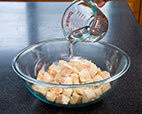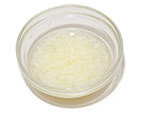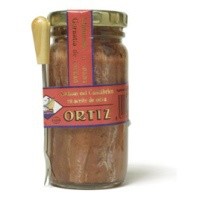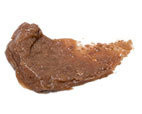https://cooking.nytimes.com/recipes/1016759-summer-vegetable-galette
I think this is a 10/10. This took a long time. Much longer than they said. I had to roast the veges in batches since there were so many. I cooked down stuff more then they said so I started with more and ended with the amount In needed. Feel like this is a very flexible template. Great use for end of summer veges if you have them
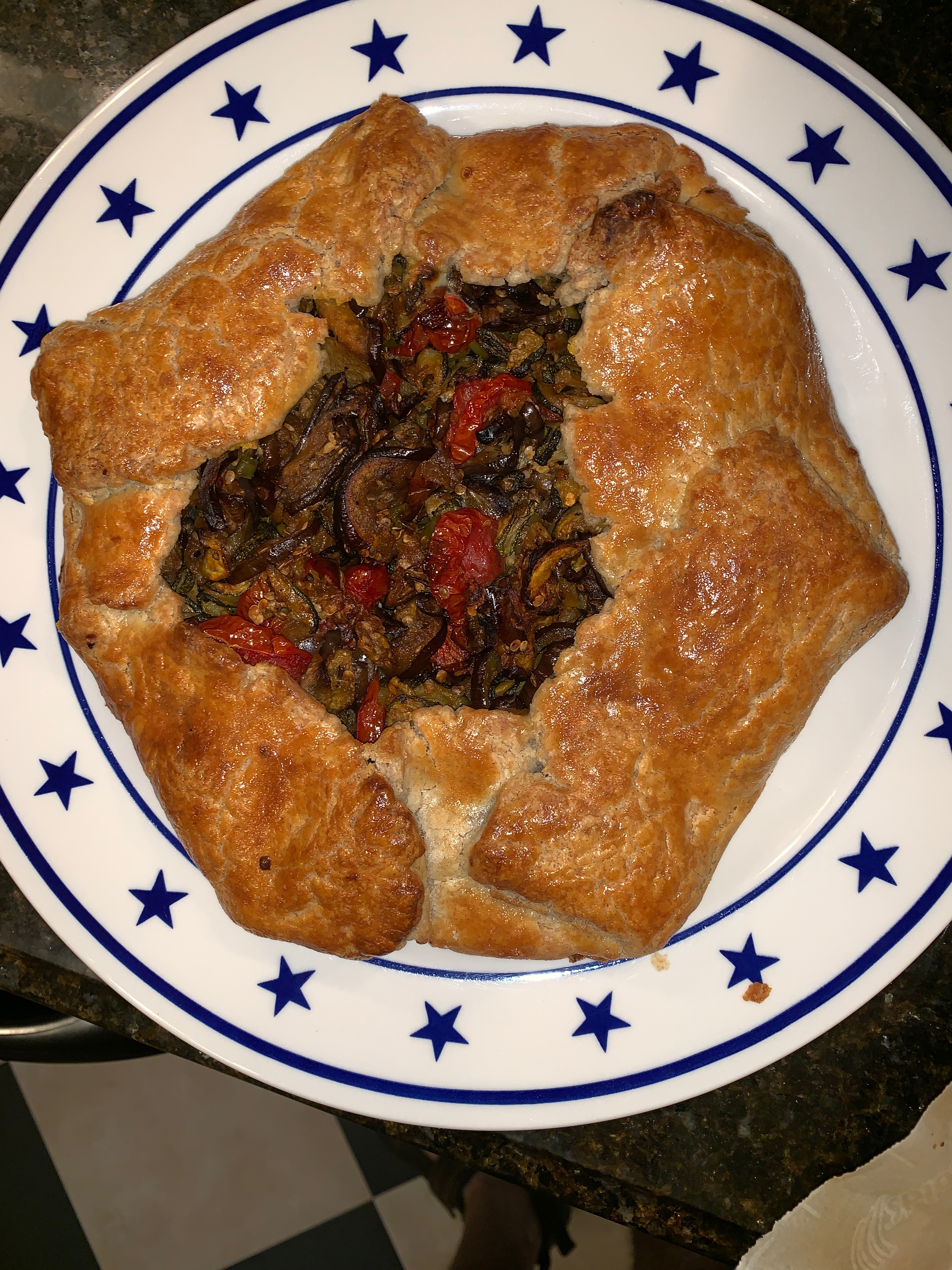
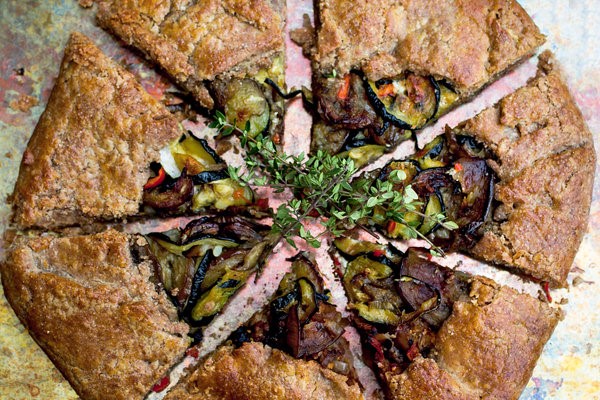
- YIELD 8 servings
- TIME 2 hours plus at least 2 hours’ chilling
Andrew Scrivani for The New York Times
A savory galette is the easier and more streamlined cousin of a classic quiche. It has a buttery pastry filled with any combination of vegetables, cheeses and meats, but without the need to make a custard to anchor it all. In this galette recipe, roasted summer vegetables (eggplant, zucchini, and tomatoes) are combined with goat cheese and fresh red chiles for a ratatouille-like mix with a bite, all nestled into a hearty whole-grain crust. Feel free to use any combination of cooked vegetables instead, even leftovers from the fridge. You’ll need three cups total. Serve it as you would quiche, with a salad for lunch or a light dinner.
INGREDIENTS
FOR THE DOUGH:
- ⅔cup/80 grams all-purpose flour
- ⅔cup/90 grams rye flour or whole-wheat flour
- 1teaspoon/5 grams sugar
- ½teaspoon/3 grams fine sea salt
- 1large egg
- Heavy cream, as needed
- 1stick/113 grams unsalted butter, cut into big pieces
- 2teaspoons/10 milliliters lemon juice
- ½teaspoon/4 grams grated lemon zest (optional)
FOR THE FILLING:
- 2medium eggplant (about 1 pound), trimmed and thinly sliced
- 2medium zucchini (about 3/4 pound), trimmed and thinly sliced
- 1pound plum tomatoes, cored and thinly sliced
- Extra-virgin olive oil, as needed
- Kosher salt, as needed
- Black pepper, as needed
- 2hot chile peppers, such as cherry peppers, seeded and minced
- 3ounces goat cheese, softened
- 1small garlic clove, grated or pressed
- 1teaspoon thyme leaves
PREPARATION
- In a food processor fitted with a steel blade, or in a large bowl, pulse or mix together the flours, sugar, and salt. In a measuring cup, lightly beat the egg, then add just enough cream to get to 1/3 cup. Lightly whisk the egg and cream together.
- Add butter to flour mixture and pulse or use a pastry cutter or your fingers to break up the butter. If using a food processor, do not over-process; you need chickpea-size chunks of butter. Drizzle the egg mixture (up to 1/4 cup) over the dough and pulse or stir until it just starts to come together but is still mostly large crumbs. Mix in lemon juice and zest if using.
- Put the dough on lightly floured counter and knead to make one uniform piece. Flatten into a disk, wrap in plastic and chill for 2 hours, or up to 3 days.
- When you are ready to make the tart, roll out dough to a 12-inch round (it can be ragged). Transfer to a rimmed baking sheet lined with parchment paper and chill while preparing the filling.
- Heat oven to 425 degrees. Spread out eggplant, zucchini and tomatoes in one layer on three separate sheet pans or cookie sheets. Drizzle generously with oil and season with salt and pepper. Roast vegetables, tossing zucchini and eggplant occasionally, 35 to 40 minutes. Eggplant and tomatoes will be golden at the edges; zucchini will be tender. Don’t let the vegetables get too dark because they will continue to brown in the tart. Transfer vegetables to a bowl (you want to have about 3 cups of them) and toss with chile peppers.
- Decrease oven temperature to 400 degrees. In a small bowl, combine goat cheese, garlic and thyme leaves. Spread mixture in a thin layer over crust, leaving a 1 1/2-inch border all around. Arrange vegetables evenly over goat cheese. Fold up edges of crust, pleating to hold it in (sloppy is fine). Brush pastry generously with leftover egg and cream mixture.
- Transfer galette to oven and bake until golden brown, about 40 minutes. Cool on a wire rack for at least 20 minutes before slicing.
Have you cooked this? Mark as Cooked
Michele1 year ago
This is fantastic . . . but be aware that it takes a long time to make. The better the goat cheese, the better the galette in this case, since dri-er cheese will not meld properly.
15 This is helpful
Cristina1 year ago
I made with Eggplant, leeks, and foraged Agaricus mushrooms. Very yummy but a verging on too rich. Next time I would use less butter in the crust. I didn’t have goat cheese. I used queso fresco so did not get the goat cheese tang which would have been nice.
Make the dough ahead of time; it is supposed to be refrigerated for 2hour-3days.
12 This is helpful
Aarti1 year ago
Galette can refer to different types of free-form pastries or the savory buckwheat crêpe you mention above, which is more precisely termed galette bretonne or galette de sarrasin. Another galette is the famous galette des rois, which is traditionally made with a pastry dough (pâte feuilletée) enclosing an almond pastry cream and eaten on the Festival of the Epiphany in France. The galettes referred to here have pastry crusts that are folded free-form around a fruit or vegetable filling.
7 This is helpful
Alan1 year ago
Cop out and use a good store bought whole wheat pie crust. Sounds like this recipe would fill 2 crusts. Switch onions and peppers for zucchini which, lets face it, is ONE BORING VEGETABLE!
4 This is helpful

